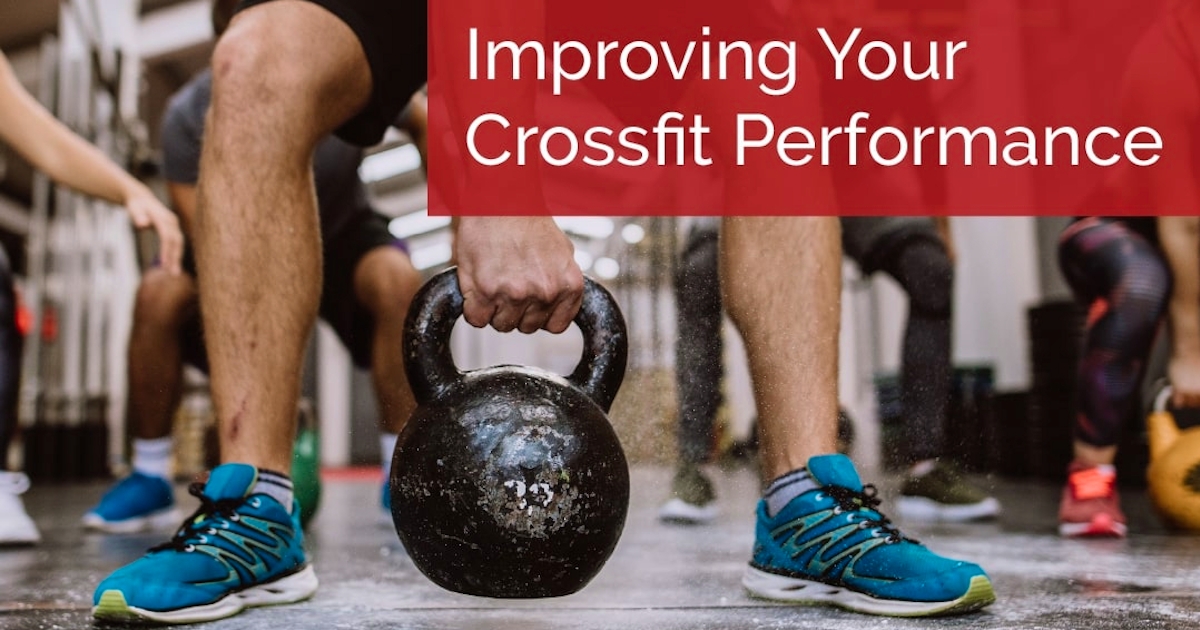
CrossFit is a challenging sport!
Participants primarily focus on strength and conditioning and add in a healthy dose of competition for good measure.
Their training programs typically incorporate a wide range of exercises - everything from kettlebell-specific exercises to high-intensity interval training (HIIT) involving explosive plyometric movements to Olympic weightlifting and elements of powerlifting.
CrossFit success comes down to consistency and dedication, and a common goal most CrossFitters share is to improve their WOD (that’s workout a day for the uninitiated).
And we know that to do that, they’ll need a plan that allows them to not only achieve their best performance, but that also helps ensure their body can recover quickly.
The last thing any CrossFitter wants is for injuries to pop up, slow them down, and potentially keep them from going to the gym altogether.
That’s where we come in.
If you’re a CrossFitter looking to optimize both your performance and recovery, there is no better choice than chiropractic care!
Did you know…
Recent research has shown that chiropractic adjustments can positively influence your nervous system in ways that result in increased strength.
What’s more, adjustments can help to improve your spinal motion and reduce your body’s overall inflammation levels which, in turn, can help speed up your recovery.
To put that all together:
Crossfit is challenging.
It’s demanding.
It’s intense.
That's all part of what makes it so much fun!
And to make sure you stay at the top of your game and in the gym, you’ll want to make sure to balance all that activity with the proper rest and recovery.
Your adjustments will go a long way towards keeping you strong and active, and our expert team is also happy to recommend nutritional supplements and pain relieving creams to help you achieve your CrossFit goals.
So, if we’ve got you thinking about looking up a CrossFit rehab chiropractor in Half Moon Bay CA, go ahead and give us a call before you hit the gym!
Impact of CrossFit-Related Spinal Injuries. Clinical Journal of Sports Medicine. 2019.
Schedule an Appointment